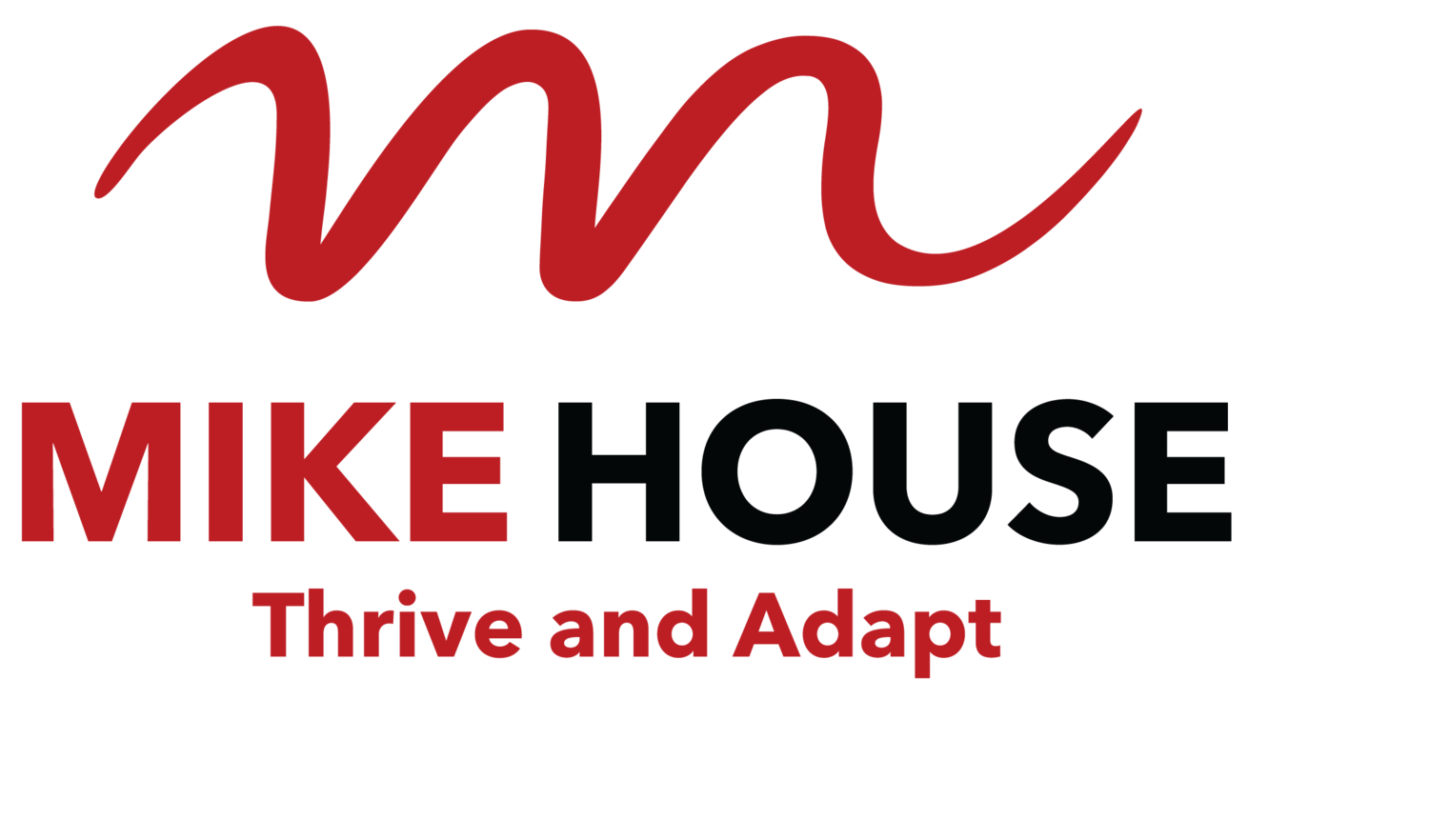Right Conditions
/I have been visiting a freshwater lake in a secluded patch of bush north of Perth for 20 years. Back then the trees had lush canopies and no there was no fallen timber on the ground. There’s been some harsh, dry years since.The canopy has thinned out and the ground is littered with fallen branches as the trees self prune for survival. Some ancient trees have died.
The last few winters have been wetter and the lake is starting to transform. New trees are popping up from seed. Old trees are regrowing their lush canopies. Some that looked dead are sprouting. The bush has been lying dormant just waiting for the right conditions to flourish again.
People are like that too. I’ve worked with some teams where people are uninspired and doing the bare minimum. They have retreated into a self protective mode where there is no creativity, minimal commitment and little energy. Sometimes, it’s toxic with people working in the shadows to make life worse for each other, either to deflect unwanted scrutiny, or to eke out more resources for their own survival.
Just like the lake, if the right conditions are built, people begin to flourish again. Sometimes the turnaround can be incredible and rapid. But it takes the right conditions. In those harsh years, there’s no way you could get those trees to grow. If the conditions are not right, telling a team to behave better, produce results, be more creative, or less toxic will not change a thing. It may even make it worse. Trust and Psychological Safety are like the rainfall. Growth will follow.

















